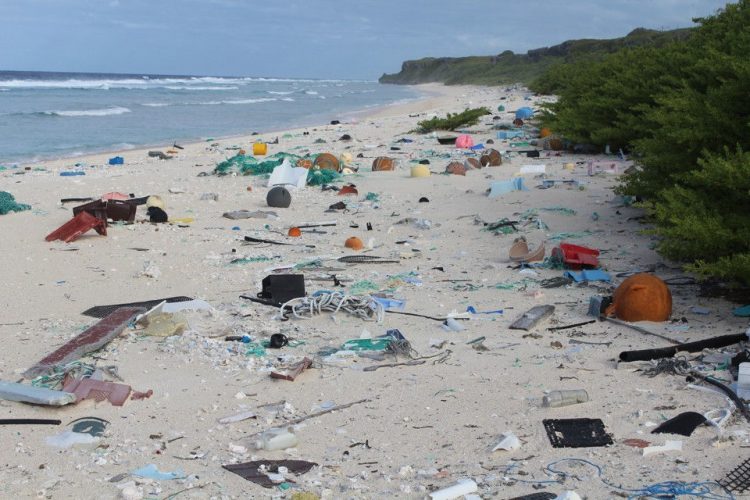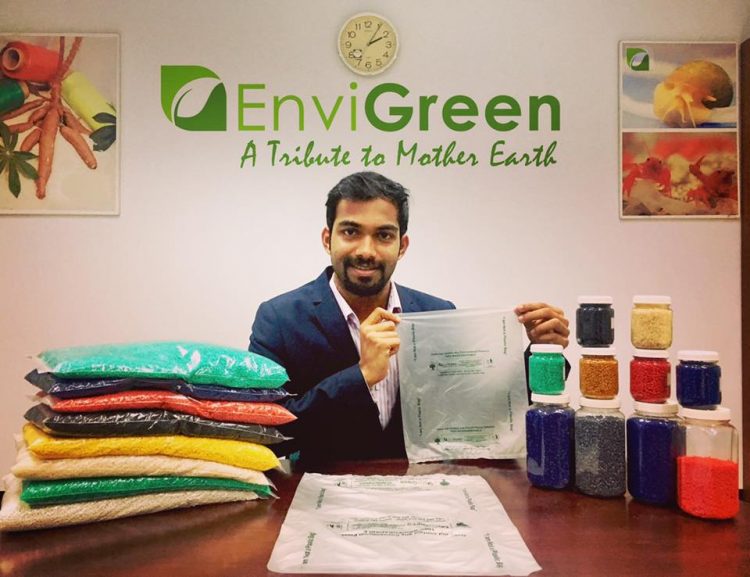Former gambler and businessman M.C. Davis placed the biggest bet of his life about 20 years ago when he decided to spend a considerable chunk of his fortune on nature. Over the past two decades, he spent $90 million purchasing thousands of acres of land all over Florida. And the risk paid off – he managed to revive forests and swamps across the state, saving several wildlife species in the process. Although he tried to do his conservation work without attracting too much attention, the positive effects of Davis’ efforts could not go unnoticed forever. Last year, he was featured in Smithsonian Magazine and on the National Public Radio website, and his story went viral.
Having grown up in a cramped trailer on a dirt road in the Florida Panhandle, Davis set out to make a fortune at a very young age, becoming a self-proclaimed gambler and hustler. He made hundreds of millions of dollars, but it took a simple traffic jam to bring about the epiphanic moment that would change the course of his life forever. “It’s drizzling rain, and I was just sort of frantic with exasperation,” he told NPR. “Stuck in traffic, and I looked up, and I saw on the marquee of the high school, ‘Black Bear Presentation’. Intrigued, he decided to pull over and attend the event.
At the time, Davis didn’t even know that Florida had black bears, but the lecture made by two women of the Defenders of Wildlife piqued his interest – the very next day he donated enough money to keep the Defenders campaign alive for two years. He also began to read more books written by environmentalists, and kept in touch with Laurice MacDonald, one of the Defenders that had oipened his eyes. “He had the steepest learning curve,” MacDonald later said. “We would begin with little debates. They were a little testy but fascinating.”
 Read More »
Read More »





















